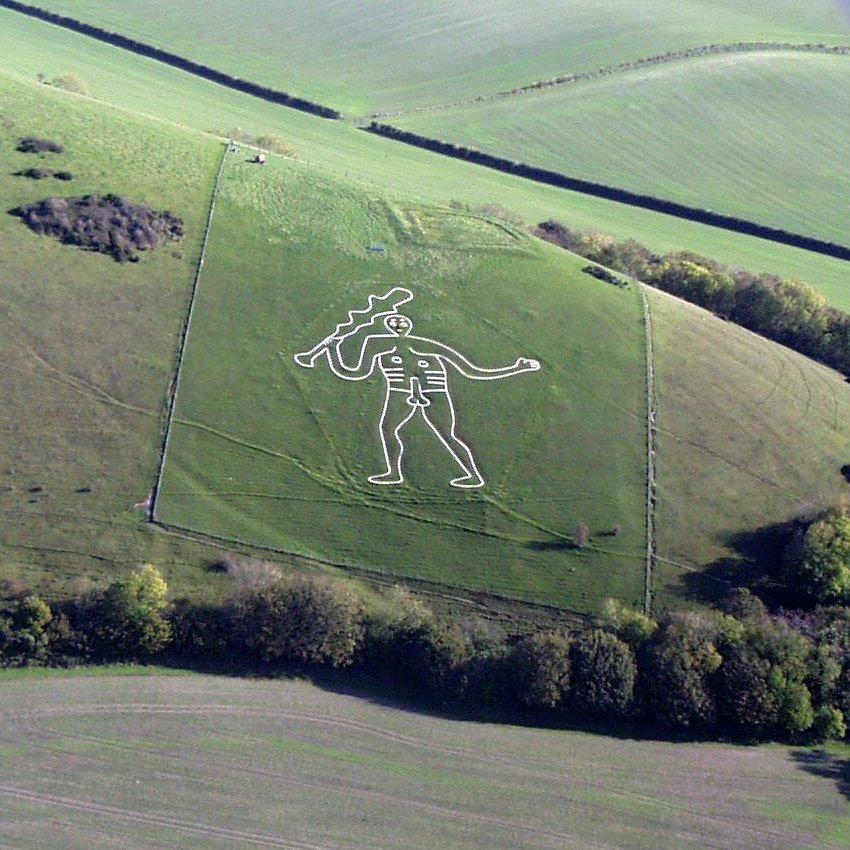The Cerne Abbas Giant, one of England’s best-known historic hill figures, almost had its genitalia covered over due to a complaint in the 1930s.
The Cerne Abbas Giant is an 180-foot long male nude with a club made by Anglo-Saxons out of chalk in Dorset, England. Though the origin and age of the monumental figure are still unclear, the earliest written record documenting the piece dates to the late 17th century. The figure is believed to have symbolized fertility, with couples allegedly visiting the monument after nightfall in the hopes of getting pregnant.
Related Articles

While researching for a forthcoming book, writer and historian Karen Heaney discovered that the Home Office, the interior ministry of the United Kingdom, considered covering over the giant’s genitals about ninety years ago.
In an edition of Antiquity magazine, Home Office official Cecil Yates wrote a letter to the National Trust in 1932 after Dorset resident Walter Long complained that its “obscenity offended Christian values”, according to the Telegraph.
“If this sketch offends, please remember that we have the same subject, representing a giant 27,000 times life size, facing the main road from Dorchester to Sherborne”, Long wrote to the Home Office at the time. “It is its impassioned obscenity that offends all who have the interest of the rising generation at heart, and I, we, appeal to you to make this figure conform to our Christian standards of civilisation.”
In response to Long’s letter, Yates then wrote to the National Trust with a proposal to plant trees that would cover the 35-foot erect penis. The Chief Constable of Dorset Police consulted the Home Office, which subsequently denied the request so as not to disrupt or distort the national monument.
Though other parts of the original monument are thought to have disappeared and changed since it was initially constructed, it is still a major tourist attraction today.

